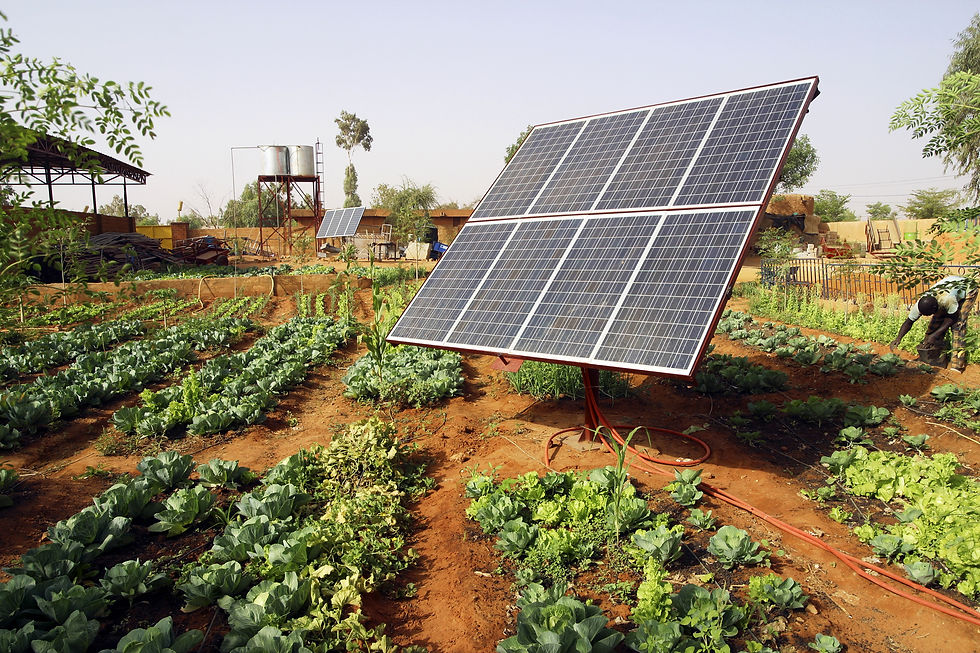
Exciting news from Swansea University! A group of brilliant scientists has developed a fantastic new tool designed to identify the best photovoltaic (PV) materials for maximizing crop growth while harnessing the power of the sun.
In a recent study published in Solar RRL, the talented researchers from the Department of Physics have been diving into the effects of semi-transparent PV materials placed over crops—a brilliant example of agrivoltaics, where solar panels and farming join forces!
The team has introduced an innovative freeware tool that allows users to predict how much light will be transmitted, absorbed, and how much power can be generated from different PV materials all around the globe. This tool uses geographical, physical, and electrical measurements to give us valuable insights.
Austin Kay, the enthusiastic lead author of the study and a dedicated Ph.D. candidate at Swansea University, shared, "This technology opens up exciting possibilities! By comparing various types of PV materials, we can strategically balance food production with renewable energy generation."
Choosing the right PV material is crucial for optimizing agrivoltaics. It requires a solid understanding of how different materials absorb various wavelengths of light. The magic lies in the bandgap: a wider bandgap allows for the absorption of high-energy blue light, while a narrower bandgap captures the lower-energy red light. By carefully selecting PV materials with the right properties, researchers can optimize the "color" of light that reaches the crops, which are particularly fond of red and blue light for photosynthesis (and happily reflecting green light!).
Project lead, Associate Professor Ardalan Armin, expressed his enthusiasm, saying, "By creating a winning combination of solar panels and agriculture, agrivoltaics has the potential to make a significant impact on decarbonizing the agricultural sector. It’s a win-win! We can generate clean energy and bolster food security at the same time."
There are so many ways to integrate solar panels into agricultural settings! They can be installed on the roofs of greenhouses or polytunnels, or even provide much-needed shade for livestock. And speaking of livestock, having them around can even help reduce maintenance costs by munching on the vegetation around the panels.
With these innovations, we’re looking at a bright future where farming and renewable energy go hand in hand. It's an exciting time for both agriculture and sustainability!
%20(1080%20%C3%97%201080%20px)%20(Instagram%20Post)%20(32).png)
Comments